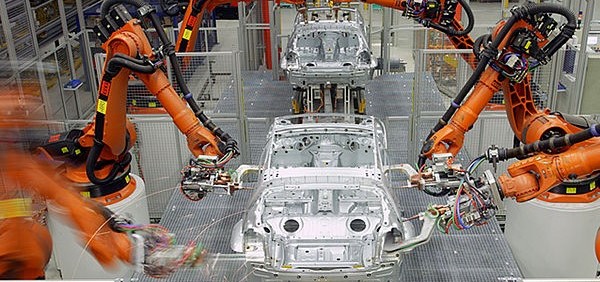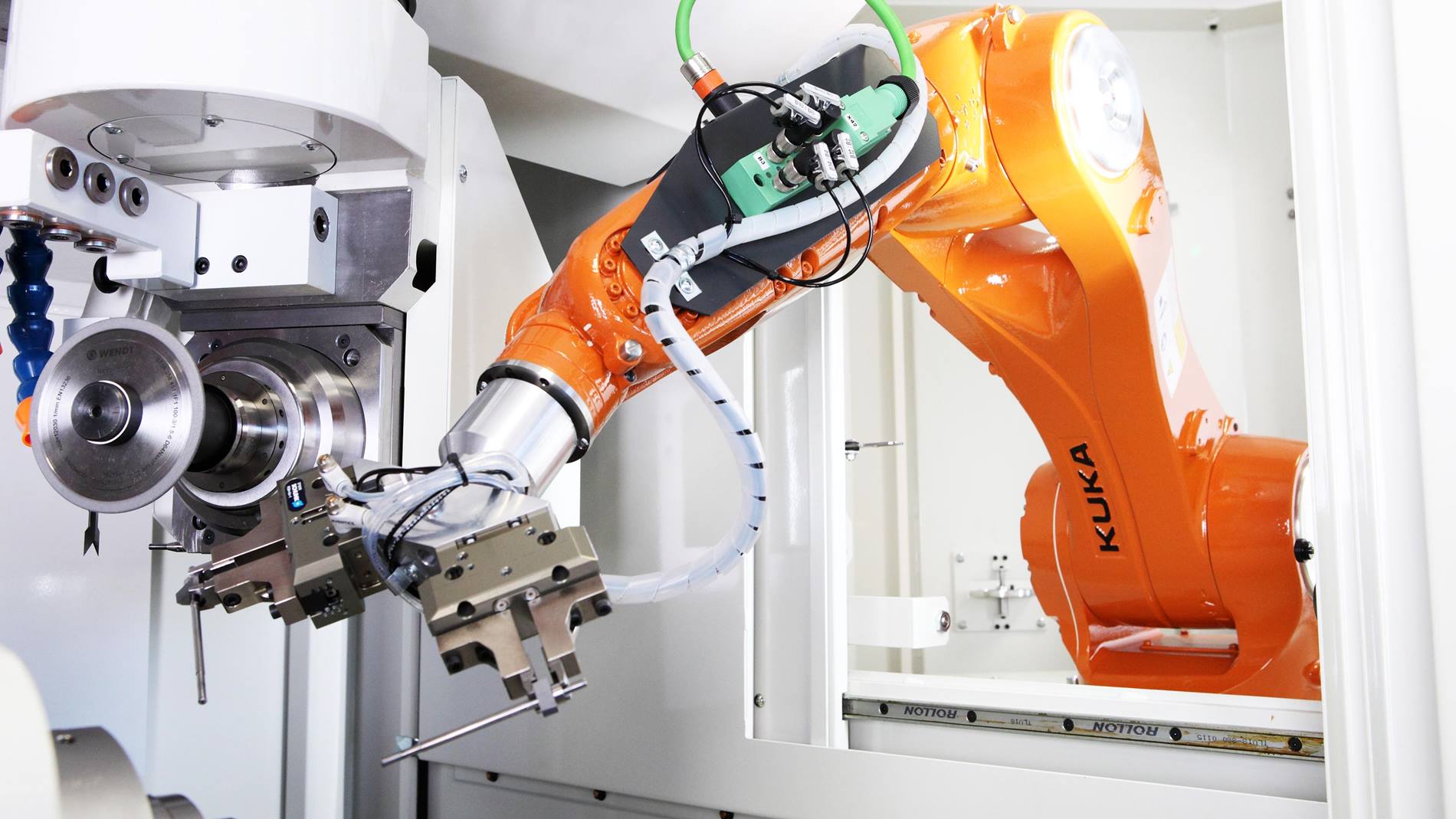Robots Learning to Learn AI’s Advancements
The Dawn of Meta-Learning in Robotics
For years, robots have been programmed to perform specific tasks, following intricate instructions meticulously crafted by engineers. However, a revolutionary shift is underway: robots are learning to learn. This isn’t just about improving existing algorithms; it’s about creating robots capable of adapting to new situations, mastering novel tasks with minimal human intervention, and even improving their own learning processes. This paradigm shift is largely driven by the advancements in meta-learning, a subfield of artificial intelligence focused on learning how to learn.
Meta-Learning: Teaching Robots to Learn Effectively
Meta-learning, sometimes called “learning to learn,” equips robots with the ability to quickly adapt to unfamiliar environments and tasks. Instead of being explicitly programmed for each scenario, these robots learn general strategies for acquiring new skills. Imagine a robot designed to assemble different types of electronics. Traditional methods would require separate programming for each device. With meta-learning, the robot could learn the underlying principles of assembly – identifying components, recognizing connections, and manipulating tools – and apply this knowledge to new devices without explicit instructions for each one. This drastically reduces the time and effort required for training and adaptation.

Sim-to-Real Transfer: Bridging the Gap Between Simulation and Reality
One of the major hurdles in robotics is transferring skills learned in simulation to the real world. Simulated environments offer a safe and efficient space for training, allowing robots to practice countless times without risk of damage or failure. However, the discrepancies between simulated and real-world physics, sensor noise, and unexpected events often hinder the direct transfer of learned skills. Recent advancements in meta-learning algorithms are tackling this problem by developing methods that make learned behaviors more robust and adaptable to the unpredictable nature of the real world. This involves training robots in simulated environments that increasingly reflect the complexities of the real world, allowing for a smoother transition.
Reinforcement Learning’s Crucial Role
Reinforcement learning (RL) plays a significant part in this evolution. RL algorithms allow robots to learn through trial and error, receiving rewards for successful actions and penalties for mistakes. Meta-learning enhances RL by allowing robots to learn more efficient strategies for exploring and exploiting their environment. This means robots can learn to solve new problems more quickly, adapting their learning strategies based on past experiences. For example, a robot learning to navigate a maze might initially explore randomly but, through meta-learning, learn to adopt a more systematic search strategy based on past successes and failures.
Few-Shot and One-Shot Learning: Accelerating the Learning Curve
Traditional machine learning often requires massive datasets to train effectively. Meta-learning is pushing the boundaries of learning with limited data, enabling robots to achieve “few-shot” or even “one-shot” learning. This means that a robot can learn a new task from just a few examples or even a single demonstration. Imagine a robot learning to grasp a new object. With few-shot learning, it could learn the appropriate grasping technique from observing a few successful attempts, adapting its approach based on the object’s shape



